I can't say what is harder - finding "Perfect Lens" or finding "Perfect Testing Method". Especially knowing that neither exist.
I published many "controlled" tests, mainly using ISO 12333 chart, but those charts and walls usually tells only part of the story.
Unfortunately IMHO, most readers are referring to MTF tests and results, in general terms, considering lens A to be better than lens B.
It is a bit like trying to promote the idea that photo-realistic (hyper-realistic) painting is better than impressionistic, at that one is better than cubism.
That reminds me a little anecdote - Einstein said to his friend - I just discovered that everything is relative! You are absolutely right! - replied his friend.
I believe that every lens has its place under the sun, same as every moment or every place has its own story that can be told. At the same time, I don't pay much attention to cameras, because to me - they represents canvas, while lenses are artists brushes and light gives colors and contrast.
In an effort to give you my dear followers, another POV on different lenses from my collection, I come with - 10 minutes lens tests idea.
10 minutes lens tests are based on a simple rule - to keep each lens only 10 minutes in action, while trying to accomplish genre shooting session.
This first part is created as a portrait session, and each lens that you will see here was used (in action) only 10 minutes. The reason for 10 minutes is to give me a time frame that will allow me to test 5-6 lenses at once, but from the user perspective and not in the controlled environment.
My first task is therefore - classic portrait with a standard lenses and I picked following optics:
1. Sony FE 55/1.8 Z - a lens that every single review praise recently. This is typical representative of a modern lens with recognizable Zeiss signature - outstanding sharpness and micro contrast. What surprises me most with this lens is its rather pleasing bokeh, while there are no typical aberrations, usually related to the smooth (or otherwise interesting) bokeh. Put the rather flat focus plane on top and this little lens is really as close to lens Nirvana as possible.
But there is one thing to check - how all those superlatives works in the field, and in this case for the purpose of a standard portrait.
2. Canon EF 50 f/1.2 L - this was the lens that basically pushed me toward my own lens testing. When I bought it several years ago, I haven't read any review about it. I simply wanted fast standard lens and knowing that Canon L is supposed to be one of the "best" options I checked few images on the Flickr and bought it. It was still in the box, when I first started to search for the reviews, that were supposed to confirm that I have one of the best standard lenses on the market. But... as you probably know, almost all professional reviews, bashed poor Canon to the death. WTF?
I checked some images on web again - they all looked fabulous to me. I checked reviews again - no, not a single one saying how great this lens is.
Than I put the lens on my Canon 1V and shot few roles of film.
And afterward I made many images on digital.
I learned my lesson - what might look like a worst lens ever in the lab, can be one of the most interesting performers with unique signature.
It might not be the sharpest lens around, it might have tons of aberrations and focus shift problem, it might be even overpriced for most, but for me, it is certainly most used 50mm lens with the nicest bokeh and great colors.
3. CZJ Biotar 58/2
I am Biotar man. I love Biotar 75/1.5, I recently found Biotar 50/1.4 /from Pentaflex 16mm camera) that after few shoots looks amazing and I also love the cheapest Biotar on the market - 58/2. I even like their Russian knock-offs Helios, especially first silver one and latest 44-6 and 44-7.
Why do I love Biotars? Main reason is their compressed tonal range and specific colors rendering. Hard to explain, but whenever I see image from Biotar lenses, it simply appeals me.
4. MOG Primoplan 58/1.9 V
Another Oldie but Goldie! Primoplan is famous because of its specific bokeh. Interestingly, it is much more expensive than above mentioned Biotar today, while when new it was actually cheaper. Primoplan is capable of really unique subject isolation and even wide open it doesn't glow much. Stopped down just a bit, it is very sharp. It is one of quite saught after standard portrait lenses, so I thought it should be included here.
5. Leica Summicron R 50/2 3cam Canada
This is living legend, mainly in M version, but R is no slouch either. It is just bigger. Summicron 50/2 (R) is the lens that I like mainly because of the nice mixture of contrast and colors. It is not the sharpest lens around, but it is still one of the sharpest, when you need it. Something about its micro-contrast and colors, makes that pop-up effect usually linked to Zeiss lenses.
Those are 5 lenses that I took for the afternoon with my son Max and Sony A7r. The whole shooting session took around 3,5 hours with a transfer to locations. I haven't used flashes, but only reflection board, to save some time.
Each lens was on the camera approx. 10 minutes in action (I didn't count time in between, when searching for new location, but even that didn't take too long.) and I tried to make standard compositions and lighting situations so that you can easier consider lenses for your potential usage.
It was fun, but also quite hard to make it in time (before sunset) and thus I made few focusing mistakes (I used only MF as I usually do when shooting portraits in studio.)
First shot in each set was made on the same spot for easier direct comparison. The rest of the shots were taken all around, as occasion come.
All shots were imported in LR and I post processed them quite much as I normally do with my portrait shots, n terms of basic processing. (No skin smoothing, eyes accent etc.)
CZJ Biotar 58/2
As written above, Biotar is the lens with quite unique rendering. It is not as "magical" as its much more expensive brother (75/1.5) but it is certainly not boring. While it can be silky soft at f/2, stopped down to f/4 or f/5.6 it is as sharp as it gets. If some 100 USD still sounds like too expensive, consider its cheaper Helios 44 version. It is optically as good if not better (it depends on the model and condition), but build quality is lower.
MOG Primoplan 58/1.9 V
The last image probably best describes where Primoplans signature lay. Due to the spherical aberration mainly, you can see that circular swirly background that makes your model stand out in a unique way. But Primoplan is surprisingly sharp even wide open, sharper than Biotar e.g. and that is probably the reason for its high price today. You should get most interesting results when shooting against specular highlights, placing your main subject close to the image center.
Leica Summicron R 50/2
Most of the shots with Summicron 50/2 above, are wide open because that's where this lens really shines. At this aperture it gives a nobles, gentle rendering, on one hand neutral (unlike with Biotar or Primoplan who render image with significant dose of reality modification, especially in the background), but on the other hand - sentimental, emotional, open to the hidden story.
Leica Summicron is the lens that makes me feel good and calm, from the moment I put it on the camera. It is joy to use and it has huge potential. One thing that is not that obvious, is that Summicron 50/2 R can also make remarkably swirly bokeh. But to make that happen, you'll need to live with it some time. It won't reveal all its finesses at the first shot :-)
Sony FE 55/1.8 Z
This lens is a reason to switch or add Sony E-mount cameras in your arsenal. For the price (not cheap but affordable) it is remarkable piece of modern engineering. For once, I will not whine about software corrections (but I suspect that in this case, they are not overused), because the result from Sony FE 55/1.8 Z are outstanding without any post processing needed. Still, almost perfectly corrected and with outstanding resolving power, you might feel that it is a bit cold, restrained, distant... At least I do now, but I am very much into that compressed tonal range and low contrast lately, so you shouldn't take that opinion seriously.
Canon EF 50/1.2 L USM
To help this page survive, your donation will be highly appreciated.
I published many "controlled" tests, mainly using ISO 12333 chart, but those charts and walls usually tells only part of the story.
Unfortunately IMHO, most readers are referring to MTF tests and results, in general terms, considering lens A to be better than lens B.
It is a bit like trying to promote the idea that photo-realistic (hyper-realistic) painting is better than impressionistic, at that one is better than cubism.
That reminds me a little anecdote - Einstein said to his friend - I just discovered that everything is relative! You are absolutely right! - replied his friend.
I believe that every lens has its place under the sun, same as every moment or every place has its own story that can be told. At the same time, I don't pay much attention to cameras, because to me - they represents canvas, while lenses are artists brushes and light gives colors and contrast.
In an effort to give you my dear followers, another POV on different lenses from my collection, I come with - 10 minutes lens tests idea.
10 minutes lens tests are based on a simple rule - to keep each lens only 10 minutes in action, while trying to accomplish genre shooting session.
This first part is created as a portrait session, and each lens that you will see here was used (in action) only 10 minutes. The reason for 10 minutes is to give me a time frame that will allow me to test 5-6 lenses at once, but from the user perspective and not in the controlled environment.
My first task is therefore - classic portrait with a standard lenses and I picked following optics:
1. Sony FE 55/1.8 Z - a lens that every single review praise recently. This is typical representative of a modern lens with recognizable Zeiss signature - outstanding sharpness and micro contrast. What surprises me most with this lens is its rather pleasing bokeh, while there are no typical aberrations, usually related to the smooth (or otherwise interesting) bokeh. Put the rather flat focus plane on top and this little lens is really as close to lens Nirvana as possible.
But there is one thing to check - how all those superlatives works in the field, and in this case for the purpose of a standard portrait.
2. Canon EF 50 f/1.2 L - this was the lens that basically pushed me toward my own lens testing. When I bought it several years ago, I haven't read any review about it. I simply wanted fast standard lens and knowing that Canon L is supposed to be one of the "best" options I checked few images on the Flickr and bought it. It was still in the box, when I first started to search for the reviews, that were supposed to confirm that I have one of the best standard lenses on the market. But... as you probably know, almost all professional reviews, bashed poor Canon to the death. WTF?
I checked some images on web again - they all looked fabulous to me. I checked reviews again - no, not a single one saying how great this lens is.
Than I put the lens on my Canon 1V and shot few roles of film.
And afterward I made many images on digital.
I learned my lesson - what might look like a worst lens ever in the lab, can be one of the most interesting performers with unique signature.
It might not be the sharpest lens around, it might have tons of aberrations and focus shift problem, it might be even overpriced for most, but for me, it is certainly most used 50mm lens with the nicest bokeh and great colors.
3. CZJ Biotar 58/2
I am Biotar man. I love Biotar 75/1.5, I recently found Biotar 50/1.4 /from Pentaflex 16mm camera) that after few shoots looks amazing and I also love the cheapest Biotar on the market - 58/2. I even like their Russian knock-offs Helios, especially first silver one and latest 44-6 and 44-7.
Why do I love Biotars? Main reason is their compressed tonal range and specific colors rendering. Hard to explain, but whenever I see image from Biotar lenses, it simply appeals me.
4. MOG Primoplan 58/1.9 V
Another Oldie but Goldie! Primoplan is famous because of its specific bokeh. Interestingly, it is much more expensive than above mentioned Biotar today, while when new it was actually cheaper. Primoplan is capable of really unique subject isolation and even wide open it doesn't glow much. Stopped down just a bit, it is very sharp. It is one of quite saught after standard portrait lenses, so I thought it should be included here.
5. Leica Summicron R 50/2 3cam Canada
This is living legend, mainly in M version, but R is no slouch either. It is just bigger. Summicron 50/2 (R) is the lens that I like mainly because of the nice mixture of contrast and colors. It is not the sharpest lens around, but it is still one of the sharpest, when you need it. Something about its micro-contrast and colors, makes that pop-up effect usually linked to Zeiss lenses.
Those are 5 lenses that I took for the afternoon with my son Max and Sony A7r. The whole shooting session took around 3,5 hours with a transfer to locations. I haven't used flashes, but only reflection board, to save some time.
Each lens was on the camera approx. 10 minutes in action (I didn't count time in between, when searching for new location, but even that didn't take too long.) and I tried to make standard compositions and lighting situations so that you can easier consider lenses for your potential usage.
It was fun, but also quite hard to make it in time (before sunset) and thus I made few focusing mistakes (I used only MF as I usually do when shooting portraits in studio.)
First shot in each set was made on the same spot for easier direct comparison. The rest of the shots were taken all around, as occasion come.
All shots were imported in LR and I post processed them quite much as I normally do with my portrait shots, n terms of basic processing. (No skin smoothing, eyes accent etc.)
CZJ Biotar 58/2
MOG Primoplan 58/1.9 V
The last image probably best describes where Primoplans signature lay. Due to the spherical aberration mainly, you can see that circular swirly background that makes your model stand out in a unique way. But Primoplan is surprisingly sharp even wide open, sharper than Biotar e.g. and that is probably the reason for its high price today. You should get most interesting results when shooting against specular highlights, placing your main subject close to the image center.
Leica Summicron R 50/2
Most of the shots with Summicron 50/2 above, are wide open because that's where this lens really shines. At this aperture it gives a nobles, gentle rendering, on one hand neutral (unlike with Biotar or Primoplan who render image with significant dose of reality modification, especially in the background), but on the other hand - sentimental, emotional, open to the hidden story.
Leica Summicron is the lens that makes me feel good and calm, from the moment I put it on the camera. It is joy to use and it has huge potential. One thing that is not that obvious, is that Summicron 50/2 R can also make remarkably swirly bokeh. But to make that happen, you'll need to live with it some time. It won't reveal all its finesses at the first shot :-)
Sony FE 55/1.8 Z
This lens is a reason to switch or add Sony E-mount cameras in your arsenal. For the price (not cheap but affordable) it is remarkable piece of modern engineering. For once, I will not whine about software corrections (but I suspect that in this case, they are not overused), because the result from Sony FE 55/1.8 Z are outstanding without any post processing needed. Still, almost perfectly corrected and with outstanding resolving power, you might feel that it is a bit cold, restrained, distant... At least I do now, but I am very much into that compressed tonal range and low contrast lately, so you shouldn't take that opinion seriously.
Canon EF 50/1.2 L USM
This is that bad boy that none pro reviewer likes. But that is usually related to its optical qualities related to MTF, vignetting, CA, LoCA etc. There is focus shift problem on top of that, so I can understand today, why it scored so low.
But evaluating its creative potential, you might come to the conclusion as I did - this is one of the most prominent characters in the standard FL world, lens that has much more to give than is possible to quantify in charts and figures. Feel free to like it or hate it, but I doubt that it will leave anyone indifferent.
Mounted on Metabones SA III, it does AF on Sony A7r, but in most situations, DOF is so thin, that I would suggest to use at least DMF and max. magnification.
It is not an easy lens to master, and thus I can understand some users being dissapointed, but all I can say is - give it another try and be patient.
It is not the lens that will make anyone better photographer by putting it on camera, but it is the lens that can help you express more, than most other lenses in its range.
And if you think that it is a bit soft in the first image, take a look at the same composition when stopped down to as little as f/2.2
I hope that this first 10 minute lens test will help you to see the potential of presented lenses, some characteristics and flaws of the each. Remember - there is no best or worst lens, just the one, that you might like more or that might suit better for intended purpose.
That is bad news, because in other words it means - yes, you need'em all :-)
A little bonus for the end...
Just two more shots from entirely different lenses from the first scene:
MOG Trioplan 100/2.8
and my precious....
Canon EF 200/2 L IS
To help this page survive, your donation will be highly appreciated.

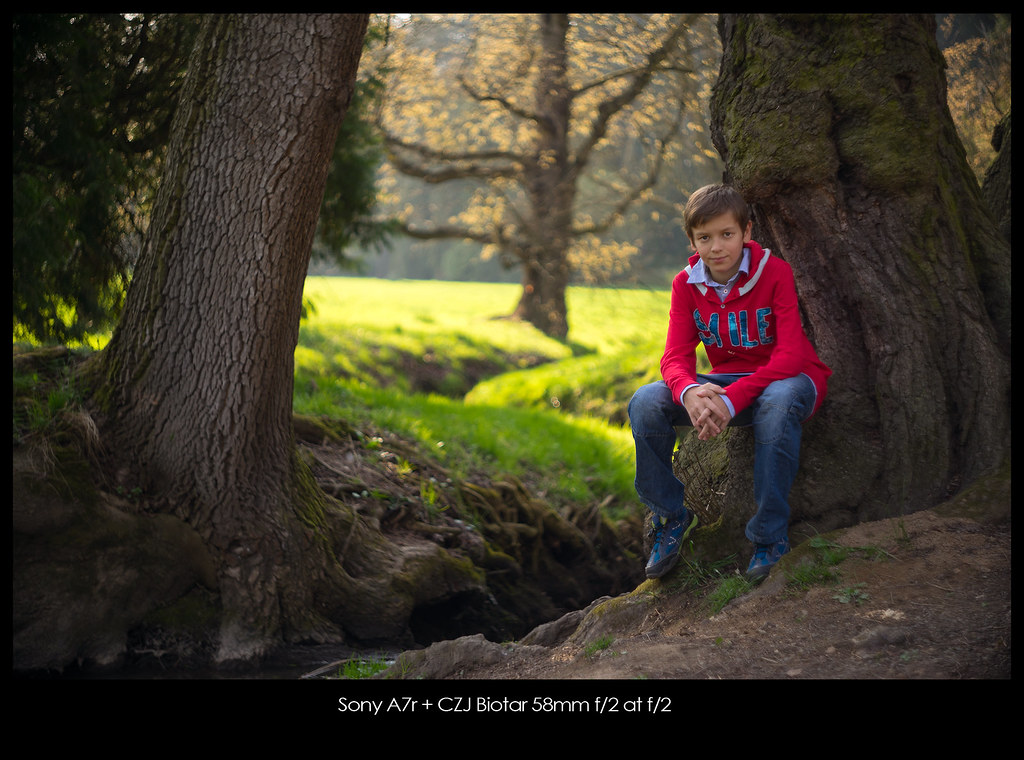

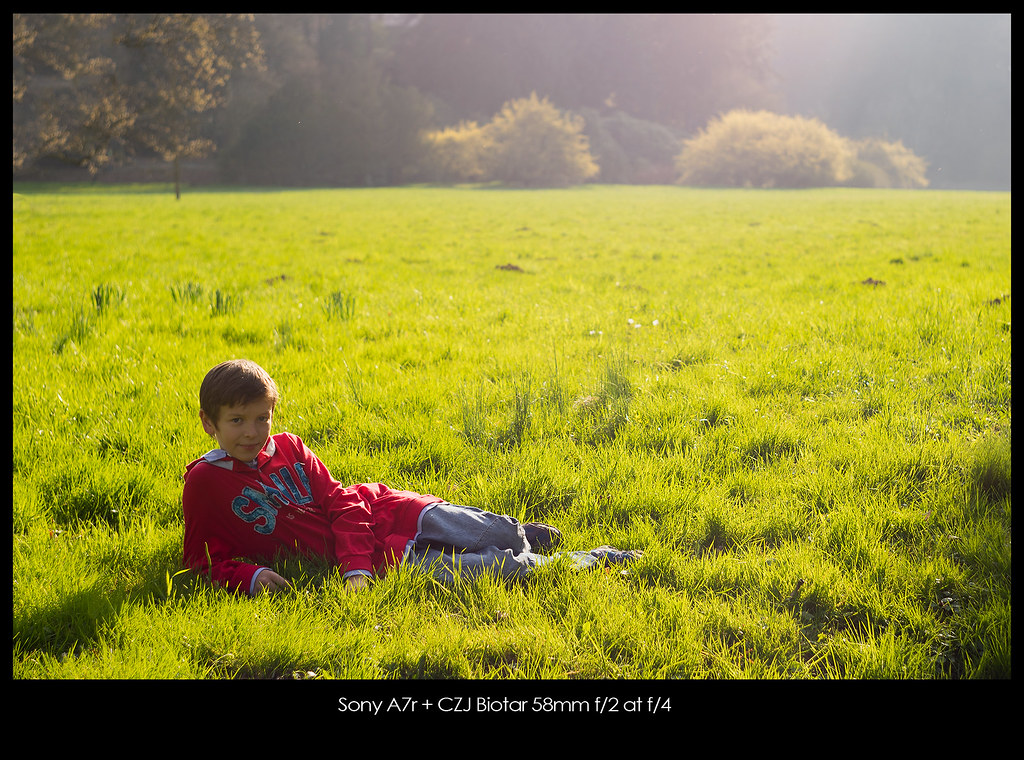

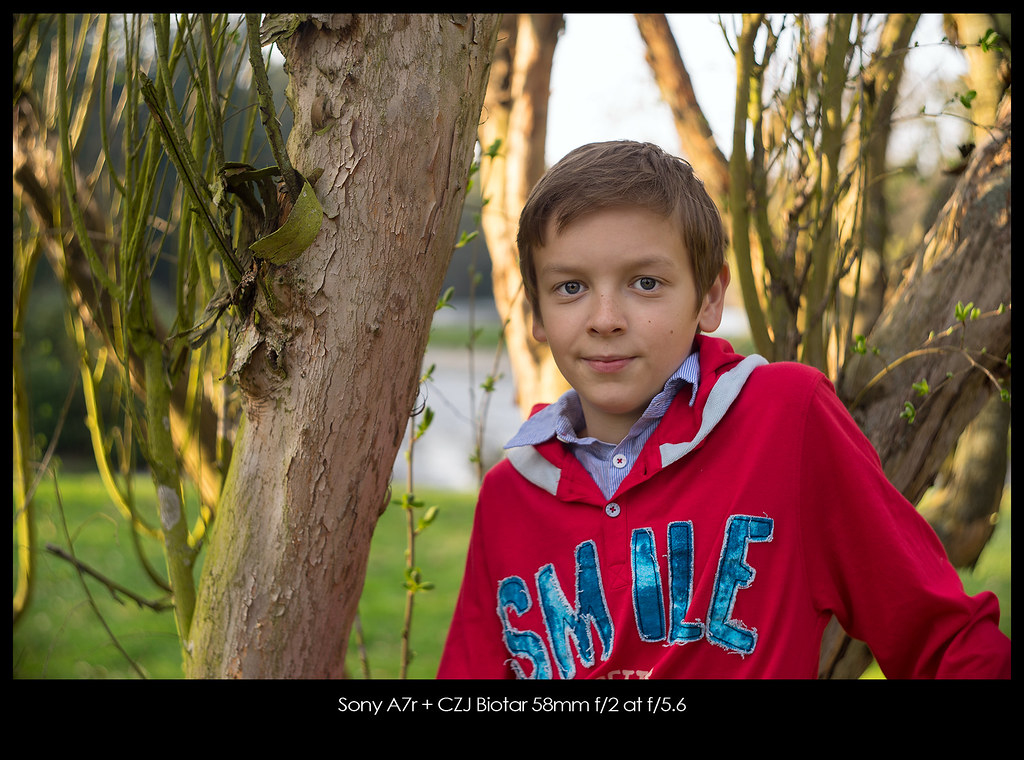
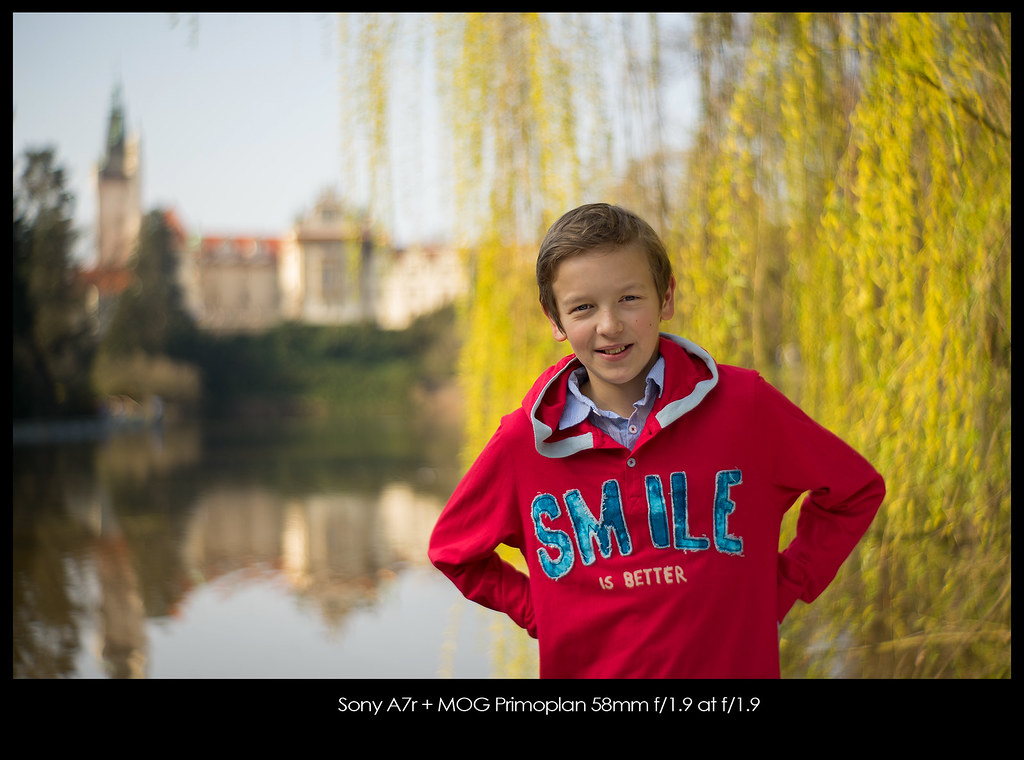


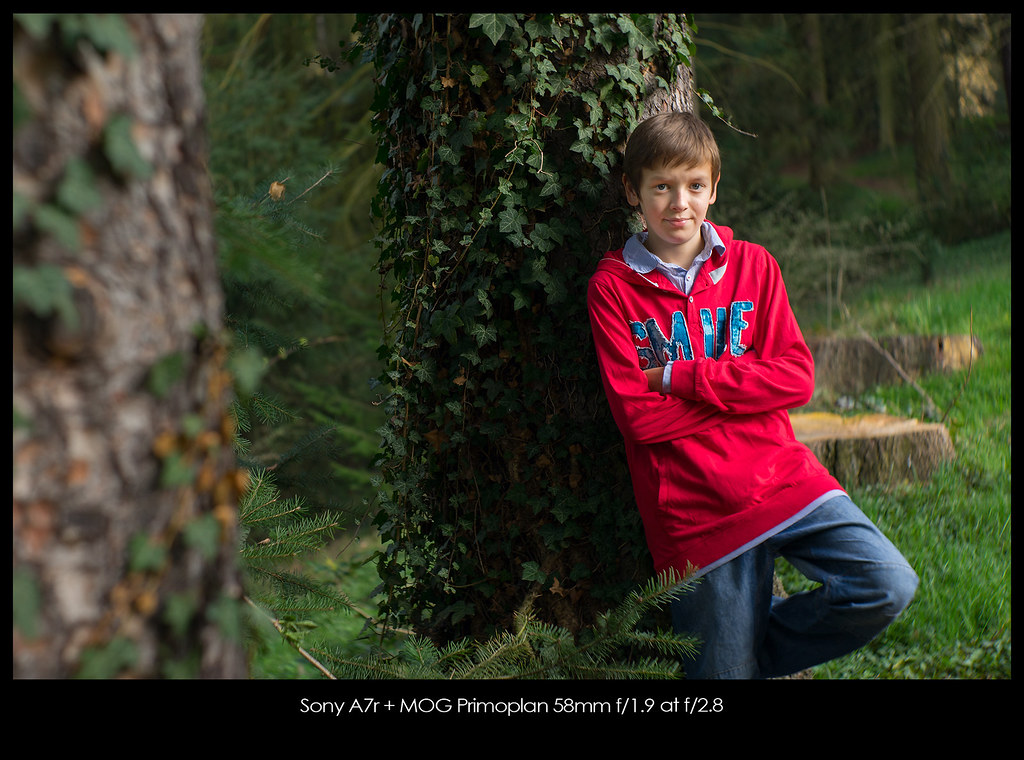

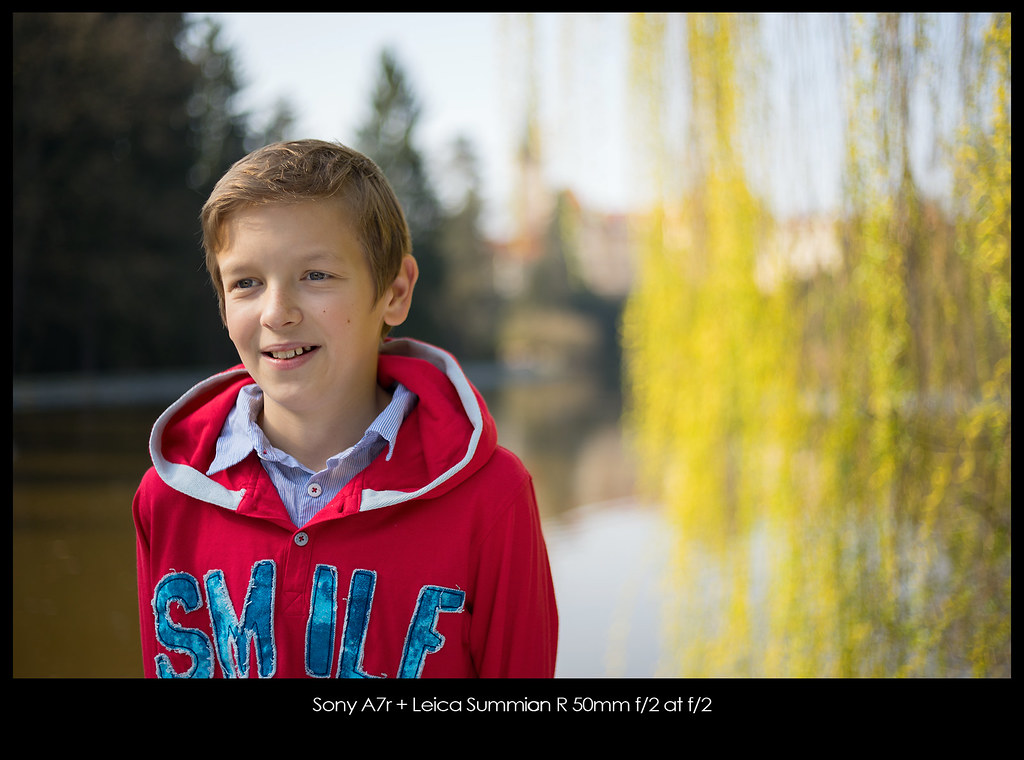
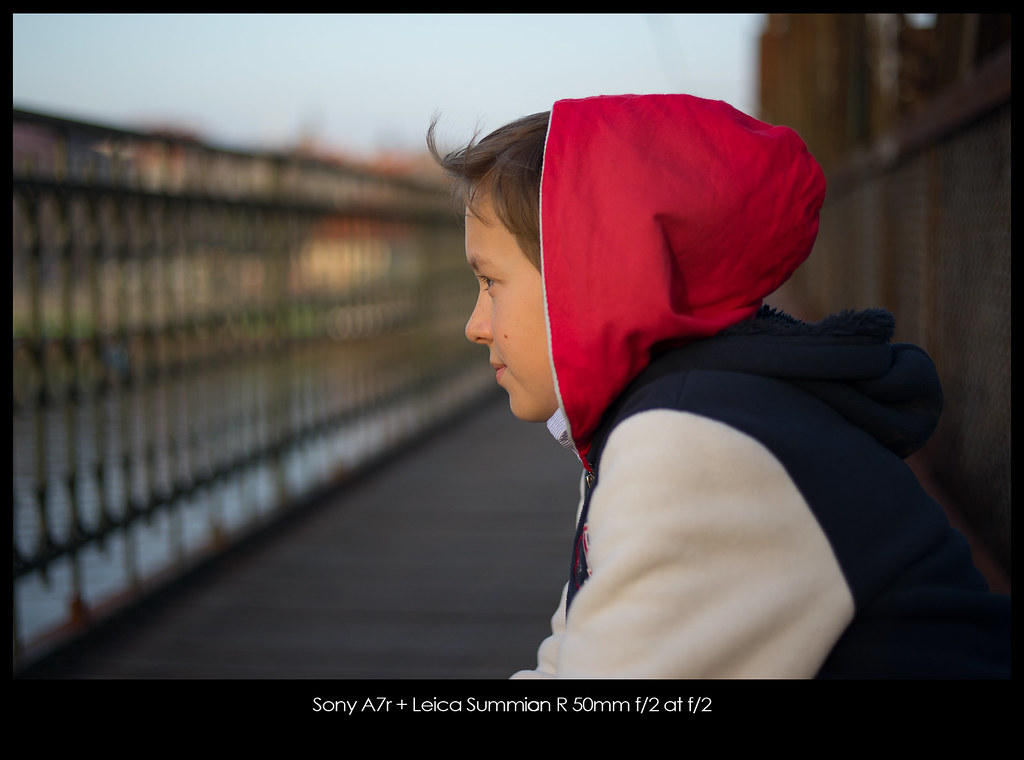


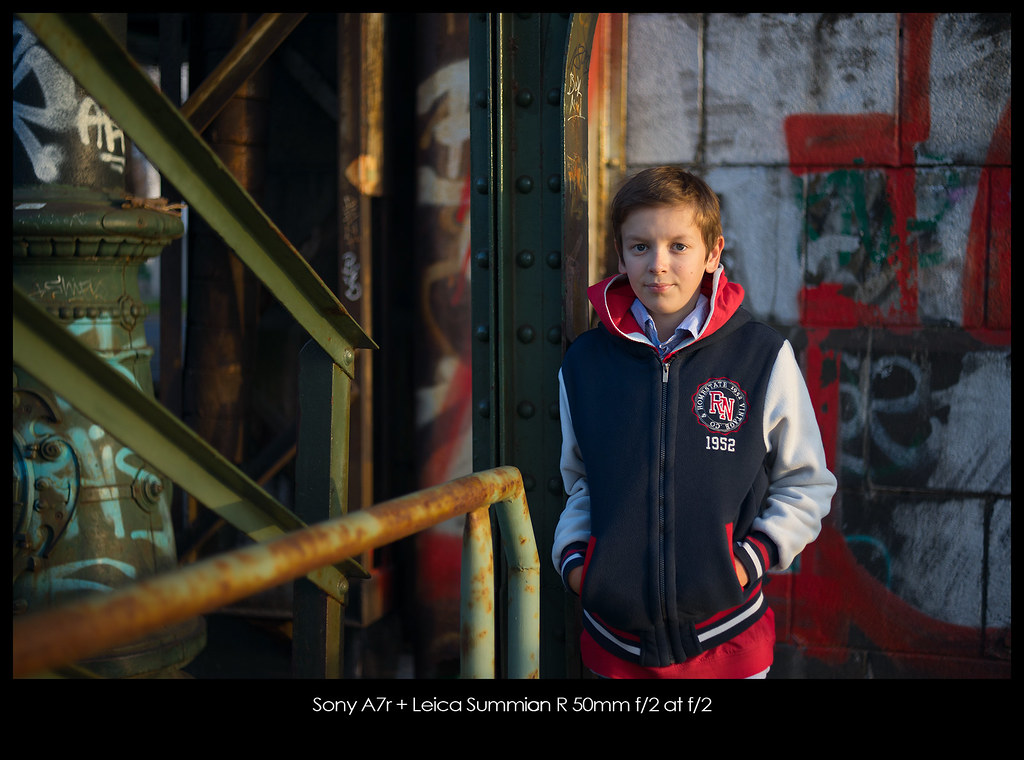



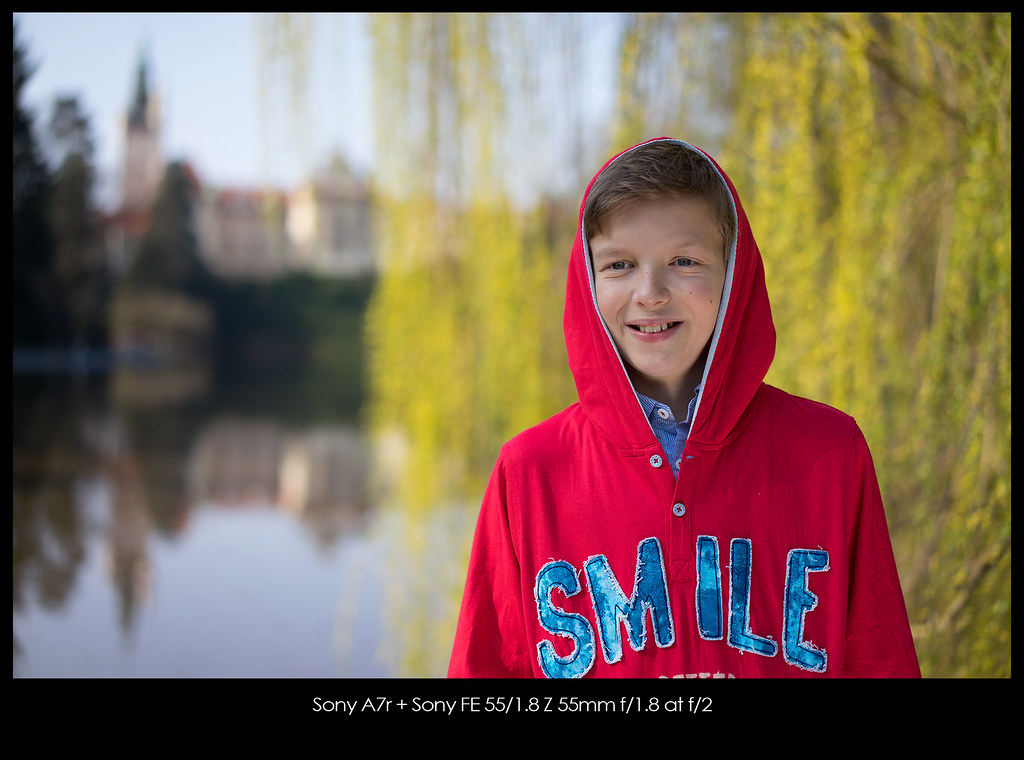
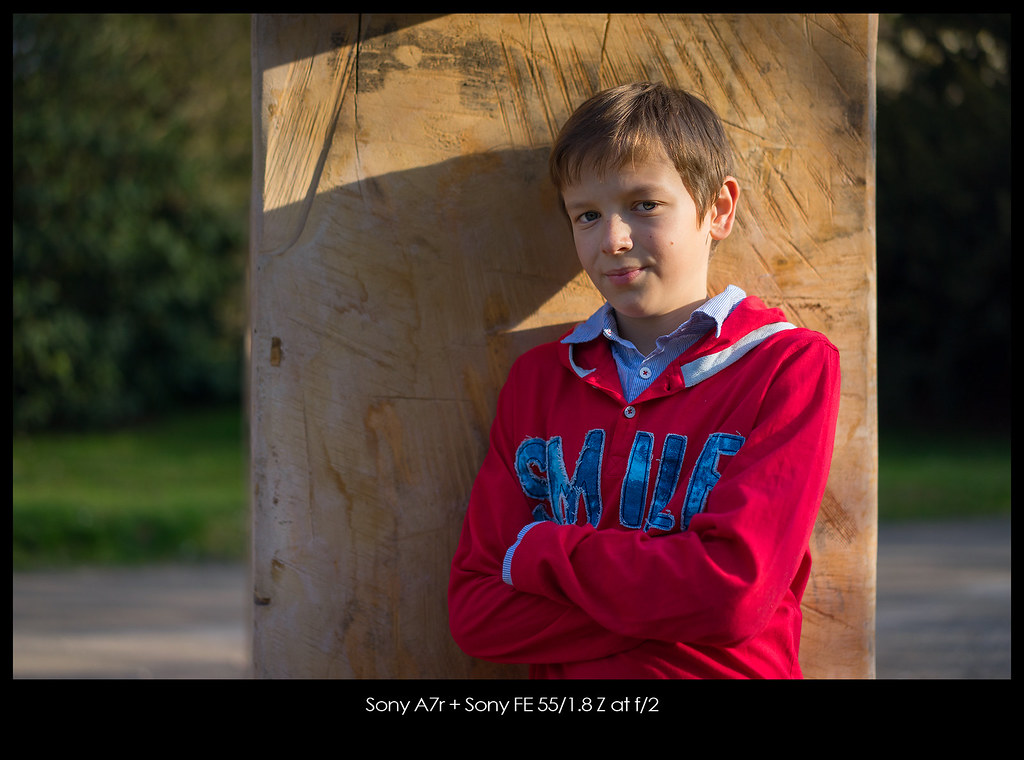
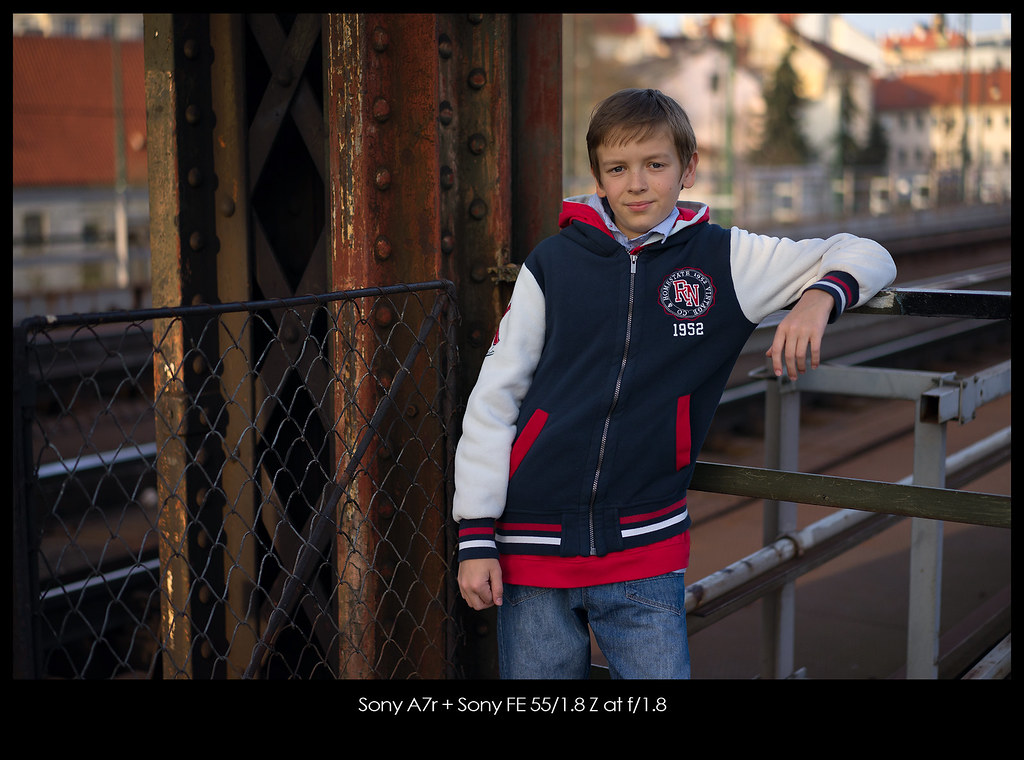
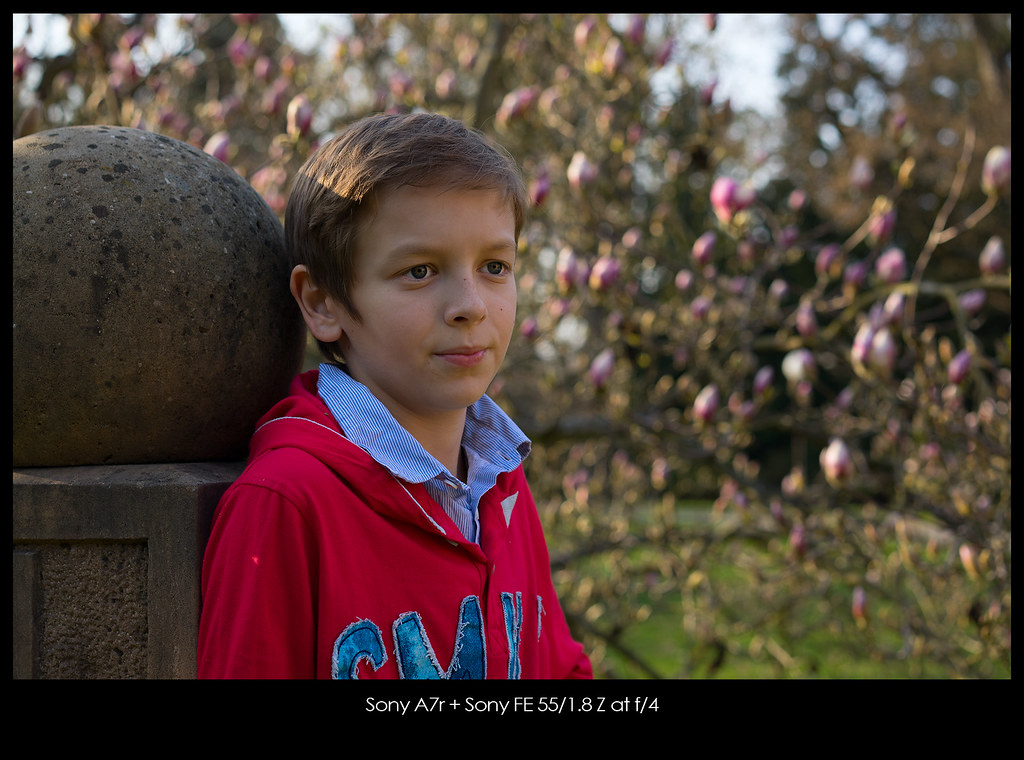
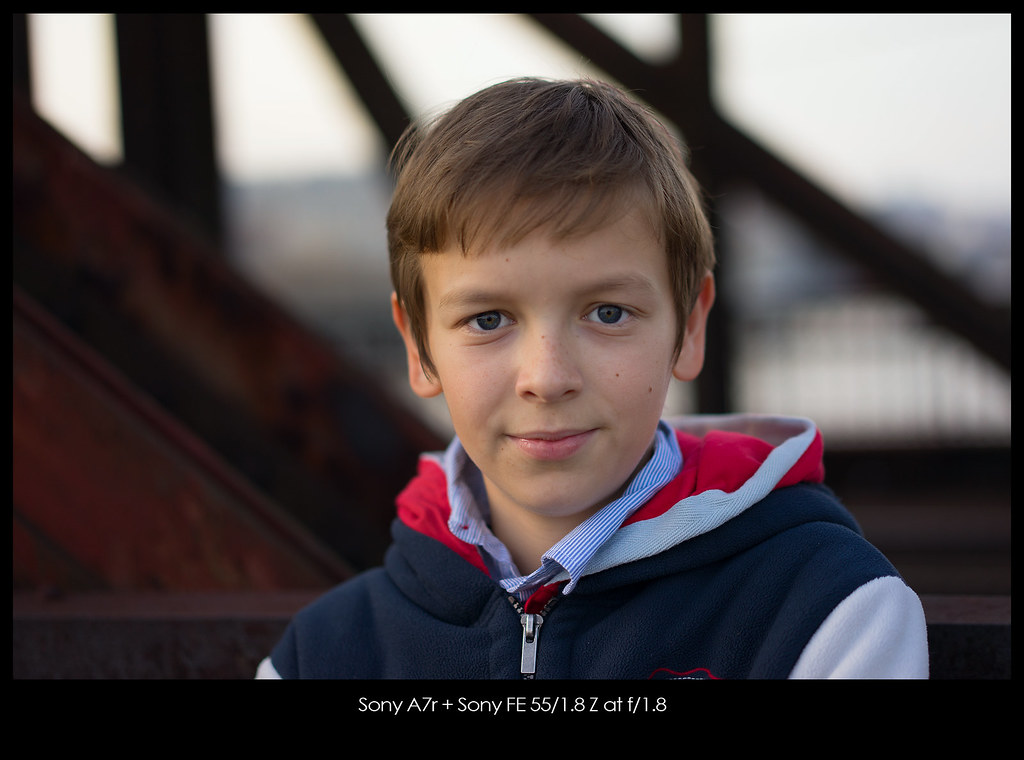
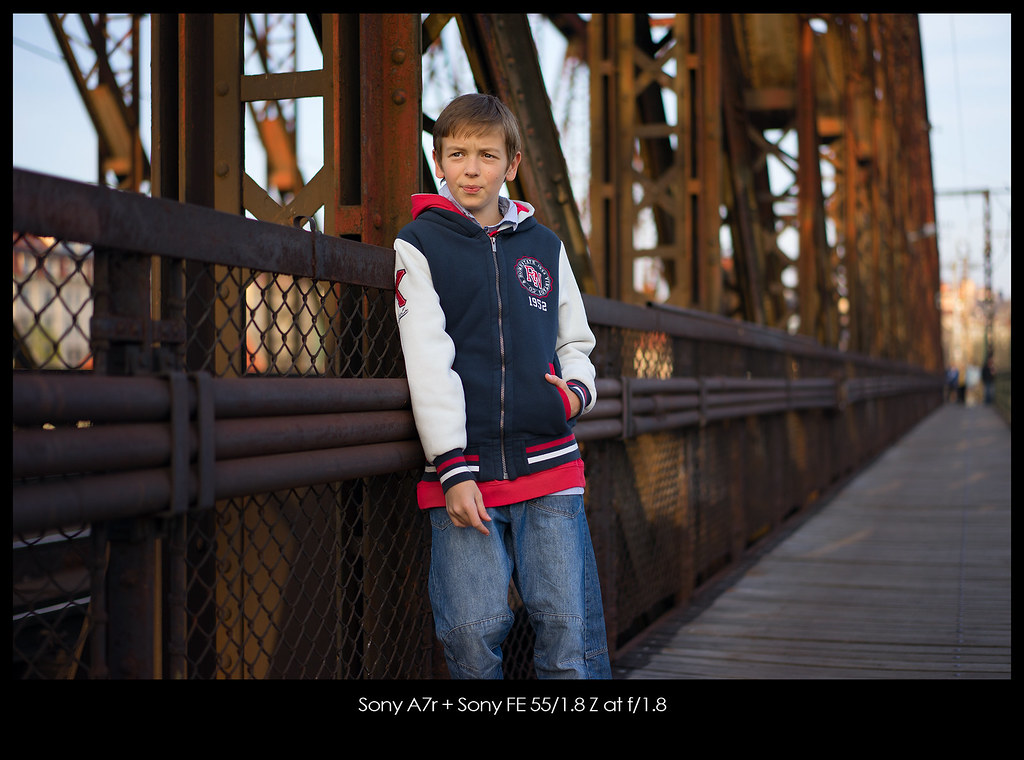
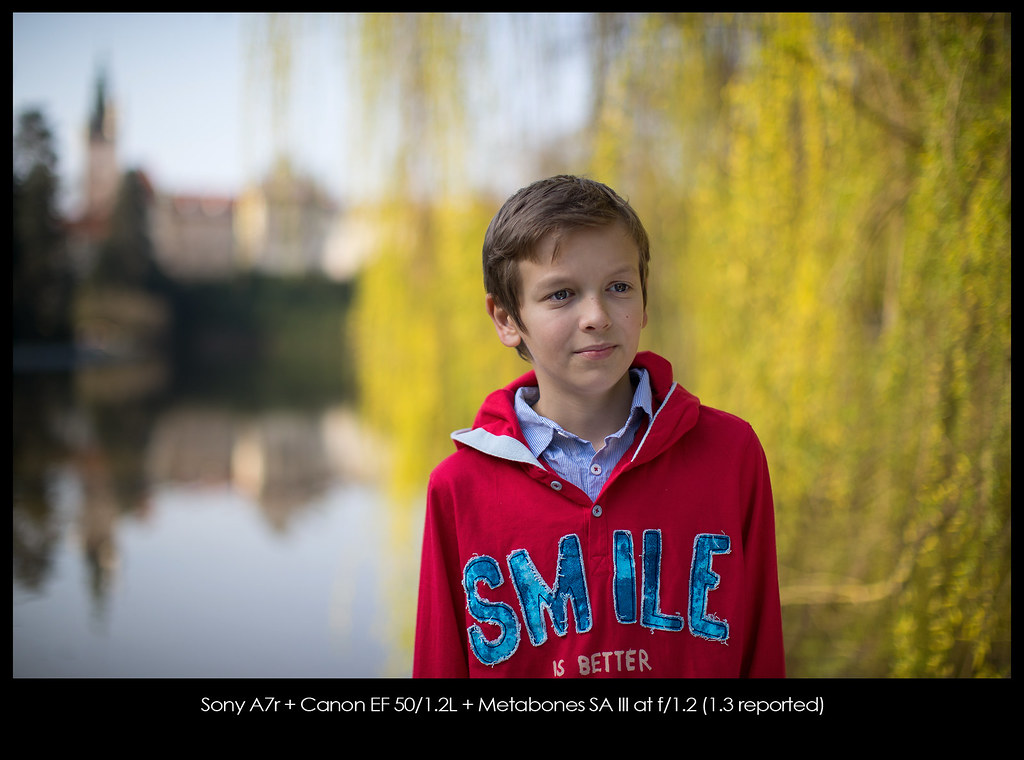

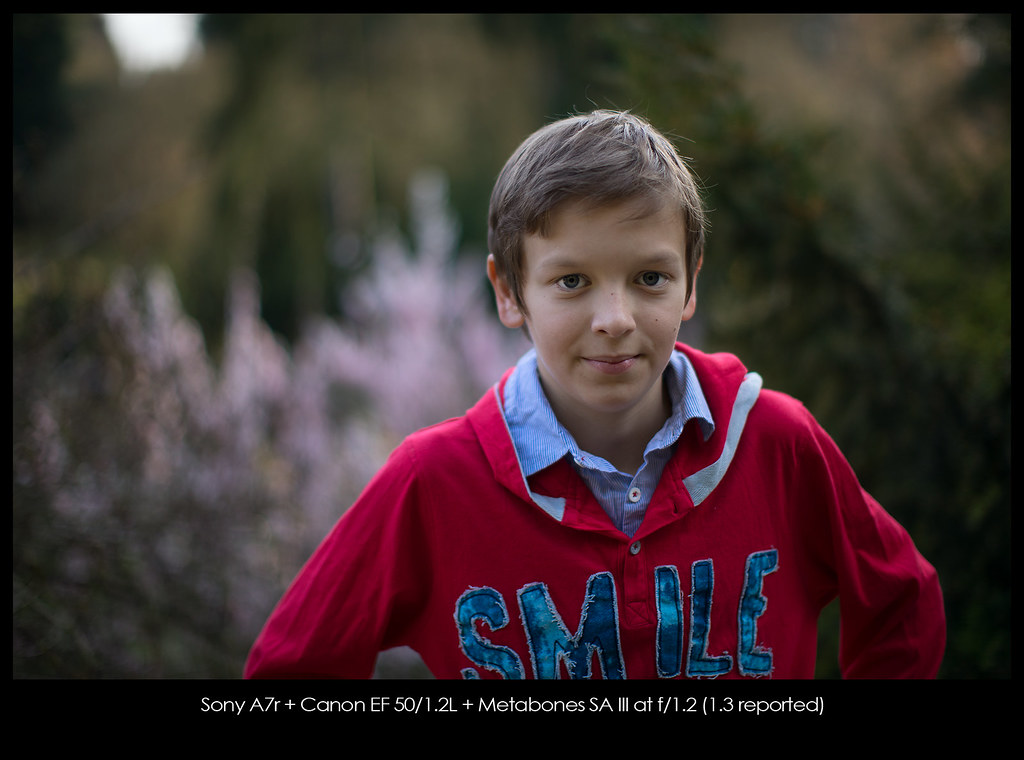

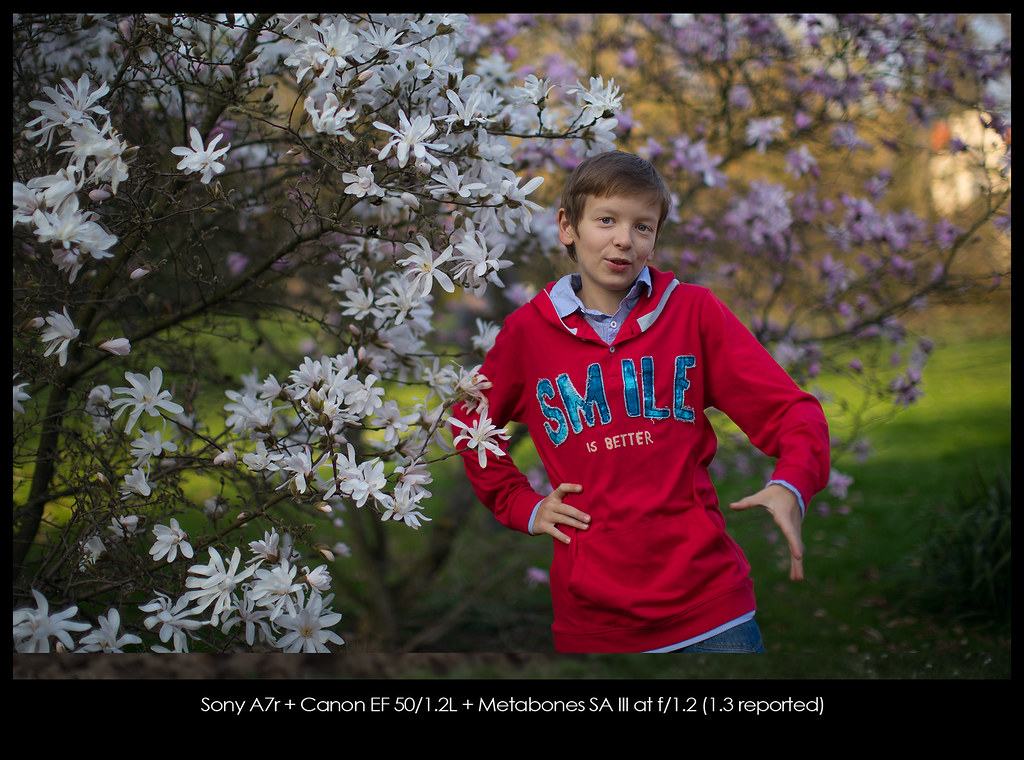
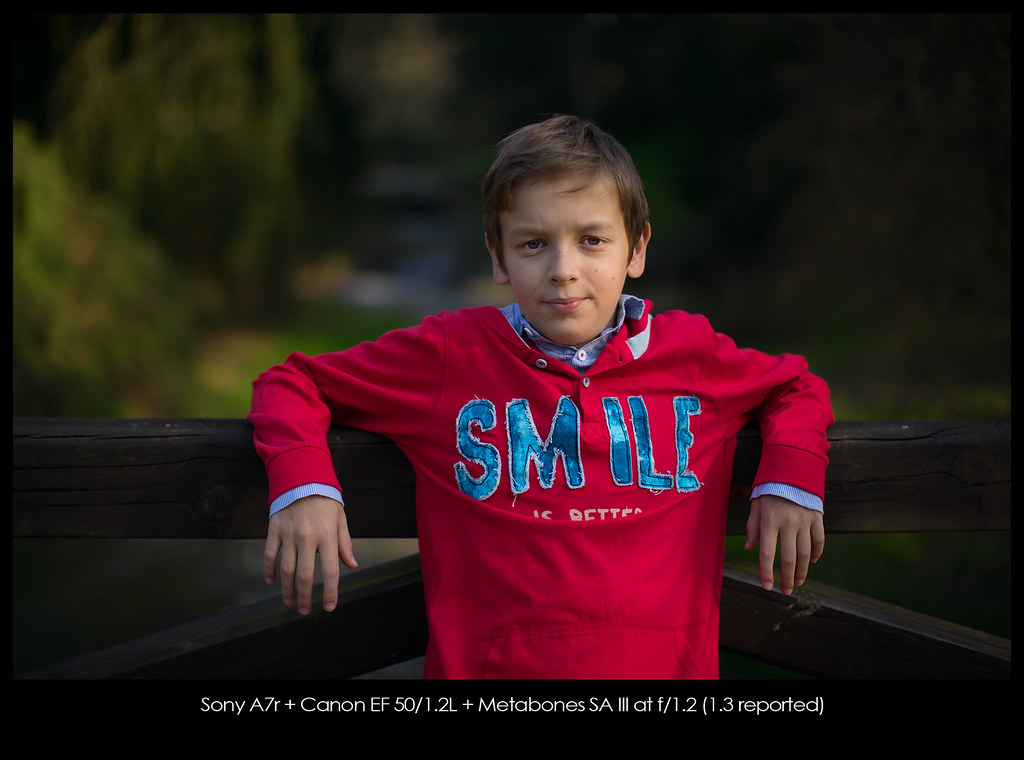

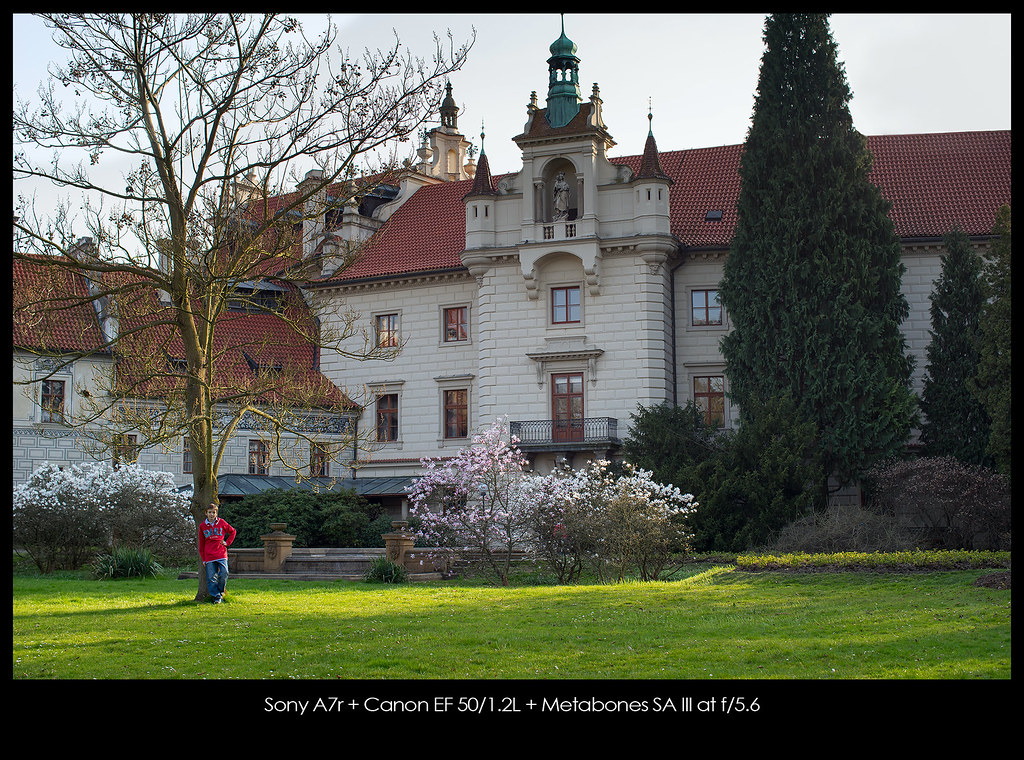

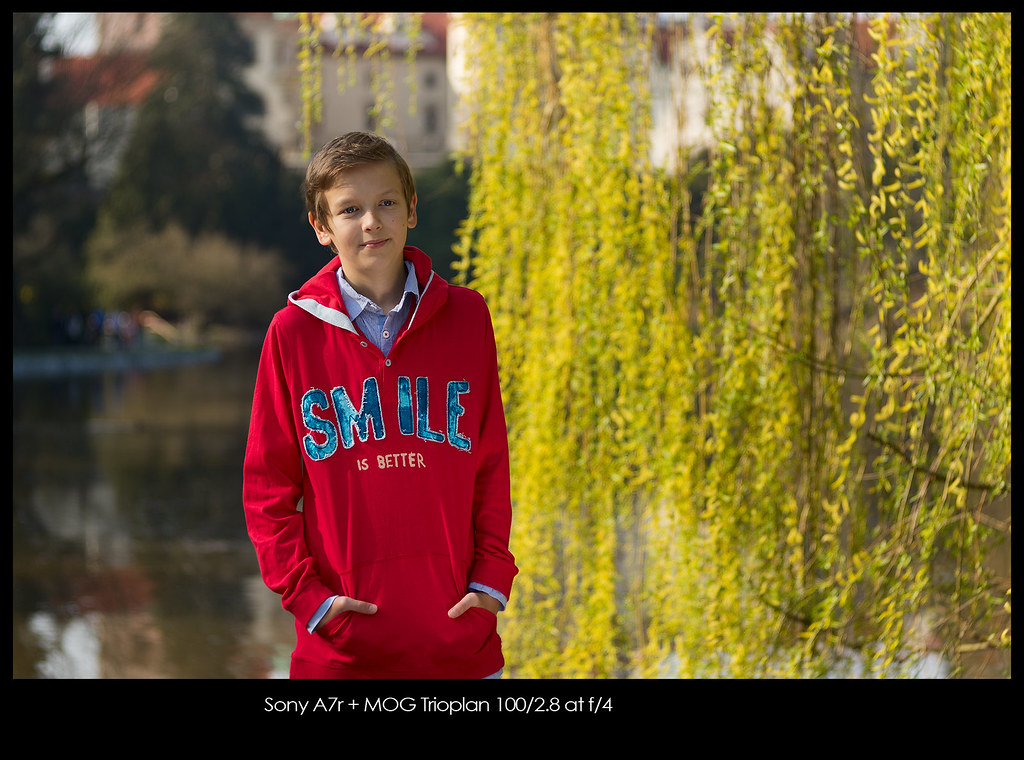
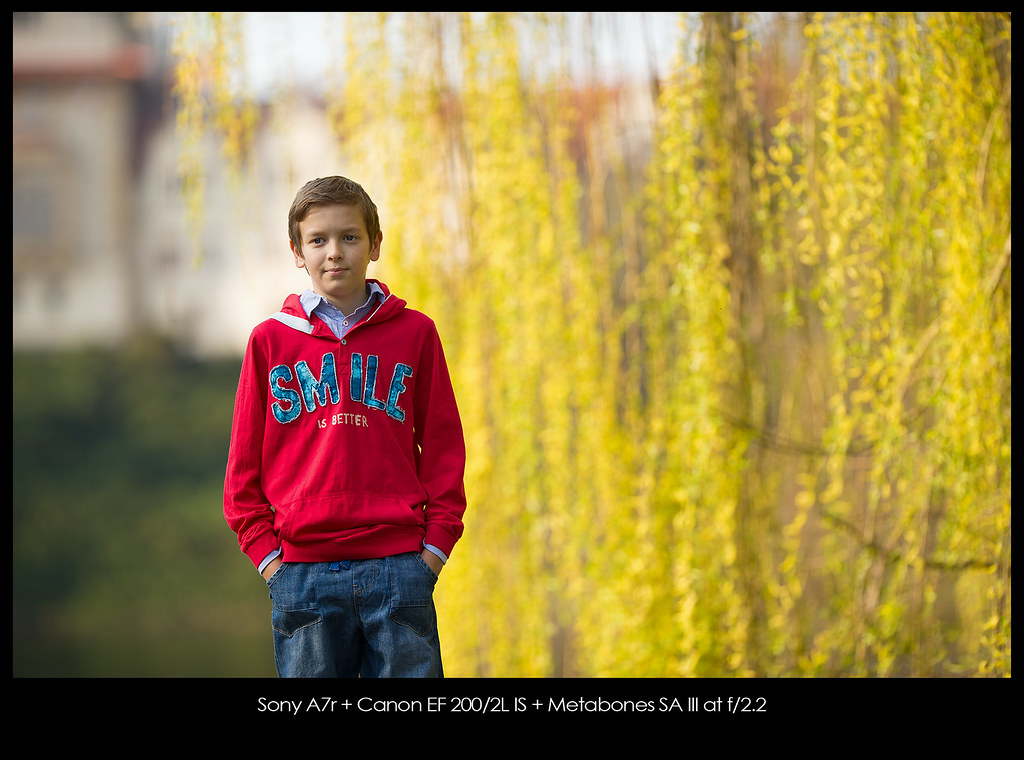
is that the trioplan 50/1.9 or the primoplan 58/1.9 with the swirling bokeh?
ReplyDeleteIt's Primoplan 58/1.9 V. Sorry for the confusion. There is one shot with Trioplan 100/2.8 and somehow that name stays in the tamplate. I will correct it when I get to work. Thanks.
DeleteFinally corrected.
Deletethanks!
DeleteHi Viktor,
ReplyDeleteI just got a biotar 58mm f2 and I love it, its a fantastic lens, with as you say very specific color rendering. I was wondering if you had some how mounted the 50mm f1.4 Pentaflex to the emount system. And if so, what kind of adapter did you use?
Hope all is well,
Ali
Hi Ali, I made a temporary adapter for my Biotar 50/1.4 from Pentaflex, using broken Fd/E adapter some spacer and epoxy glue. However, I am working on another one, where the base is M42/E mount with hellicon. Because the opening of M42 is smaller than Pentaflex mount, I have to do some machine work. Problem is however to keep it perfectly centered...
DeleteI think you'd really enjoy the old Nikkor 5.8cm f/1.4 too, as it has a unique look and can be picked up for ~100usd with some patience.
ReplyDeleteThanks, I'll take a look at it. I have some old Nikkor 50/1.4, one of the earliest I believe...
Delete